
1852 - 1919
Julian Weir
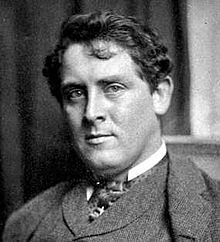
description
An American Impressionist painter, a member of the association “Ten American Artists”, a member of the Cos Cob Art Colony; a president of the Society of American Artists and the National Academy of Design in New York. The artist’s work is diverse: he is known for impressionistic landscapes, portrait and genre painting; he created many still lifes, worked with graphics. Actively working as a teacher, Julian Alden Weir had a great influence on the development and popularization of impressionism in the United States of America.
Key ideas:
– Coming from an artistic family, Julian Alden Weir did not accept the impressionist movement in painting for a long time. The artist’s early works are realistic portraits and still lifes. Having visited the Impressionist exhibition in Paris for the first time, he was unpleasantly amazed and disappointed with their works, which he told about in a letter to his relatives.
– Much later, after visiting the exhibition of the Impressionists in New York, the artist not only managed to accept and love their work, but also to join the ranks of the Impressionists in America, becoming one of the most faithful followers and propagandists of this art movement. Subsequently, Julian Alden Weir, together with his friends and associates John Twachtman and Childe Hassam, founded the art group Ten, which promoted cutting-edge ideas and contrasted itself with official art and the Society of American Artists.
– The artist worked in various genres. In his creative heritage, there are many still lifes, portraits, genre paintings. If we consider in general all the impressionist creativity of Weir, more attention should be paid to landscapes and scenes in the interior, which are fresh and full of inspiration. The artist devoted much time to graphics, as well. Over time, Julian Weir developed his own original artistic style, which, nevertheless, always remained purely impressionistic.
1852
1873
1877
1886
1889
1904
1911
1913
1915
1919
The artist was born
Entered the School of Fine Arts in Paris
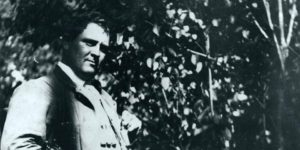
“I have never met more horrible things in my life”
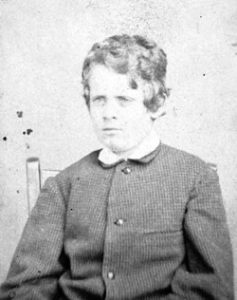
A turning point occurred in the artist's work

He received a silver medal
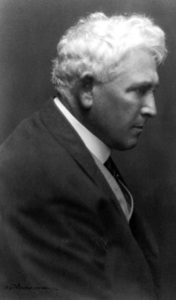
The artist received the award of the World Exhibition in St. Louis

The large retrospective exhibition
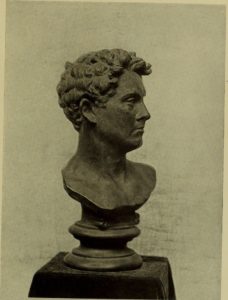
International Exhibition of Modern Art

Julian Alden Weir became a president of the National Academy of Design

Julian Alden Weir died

